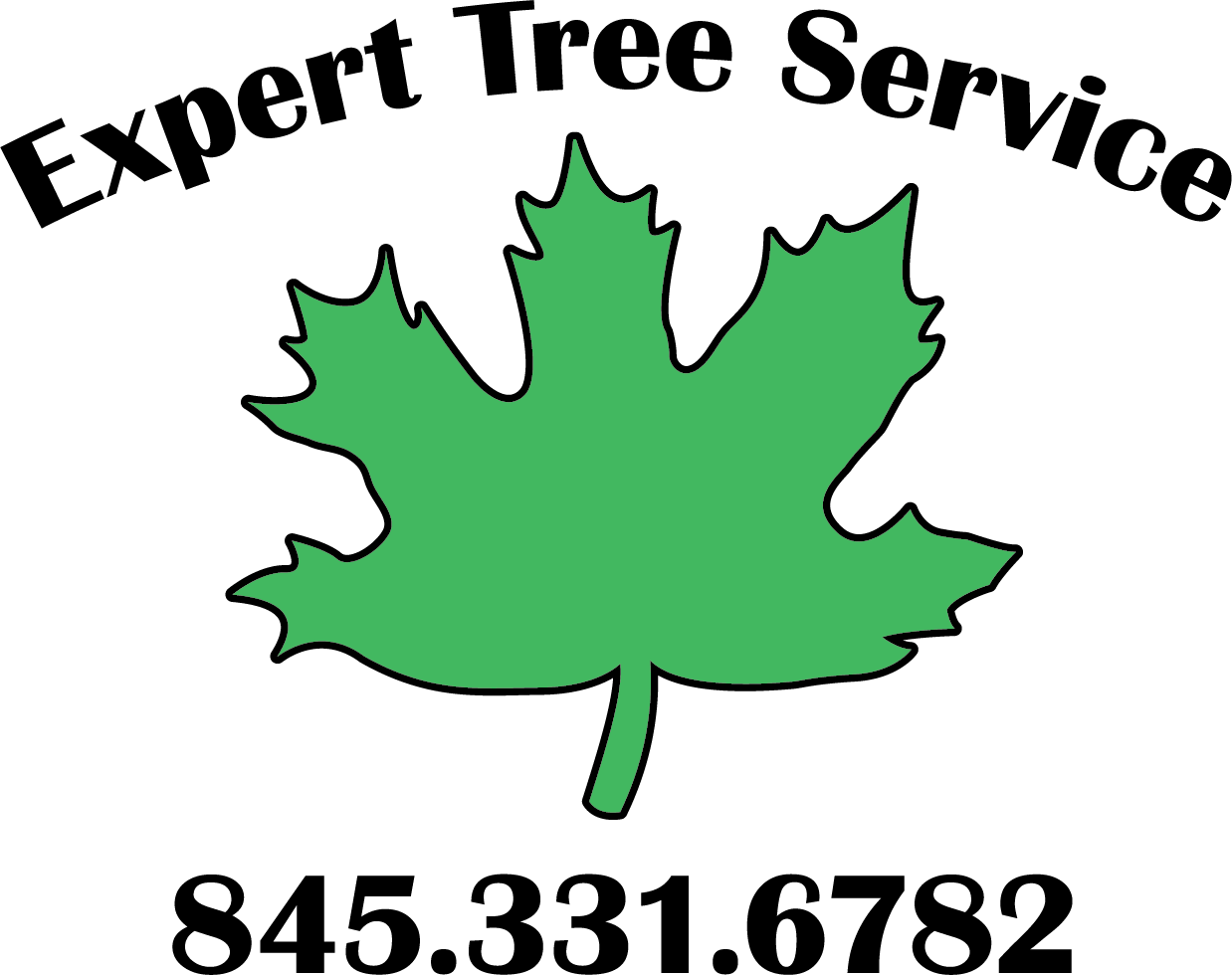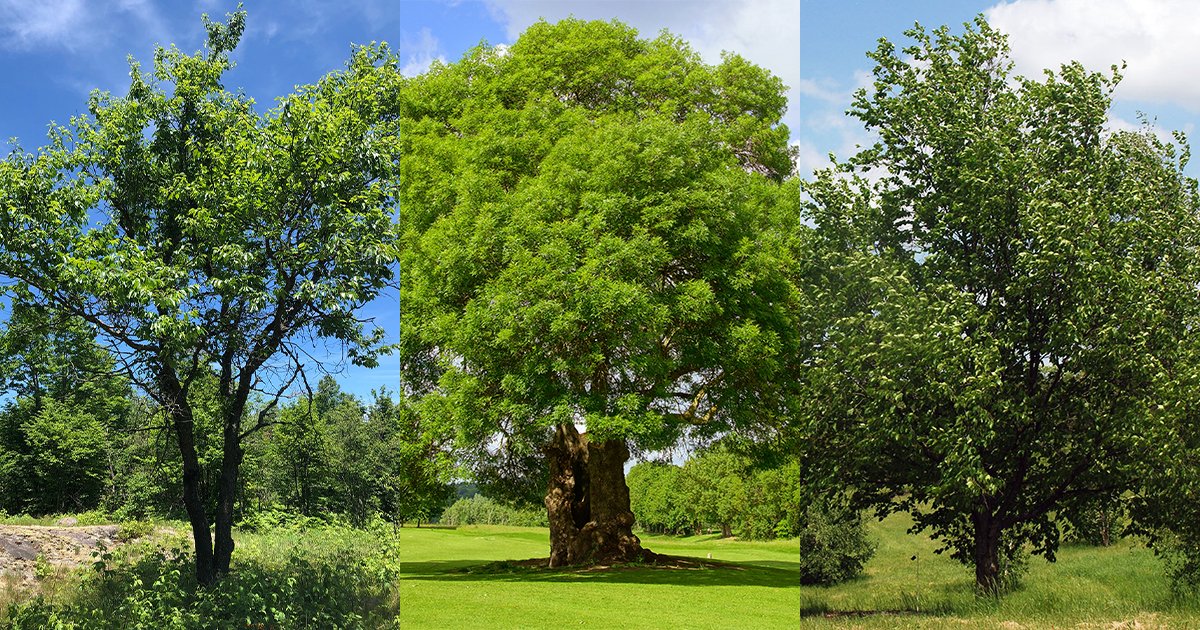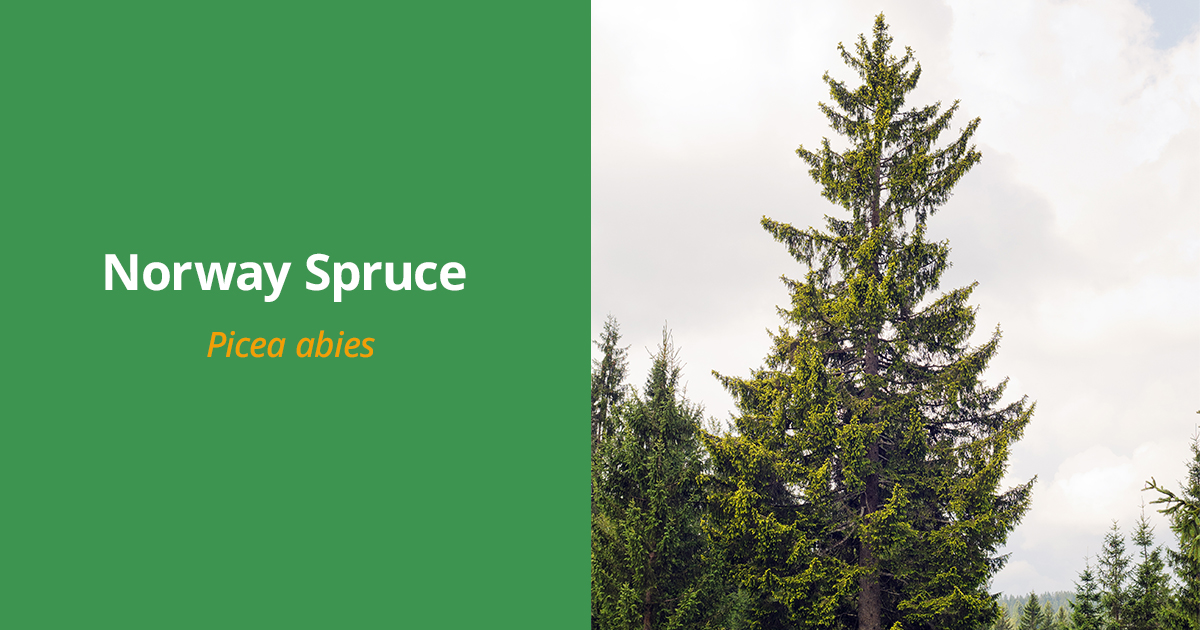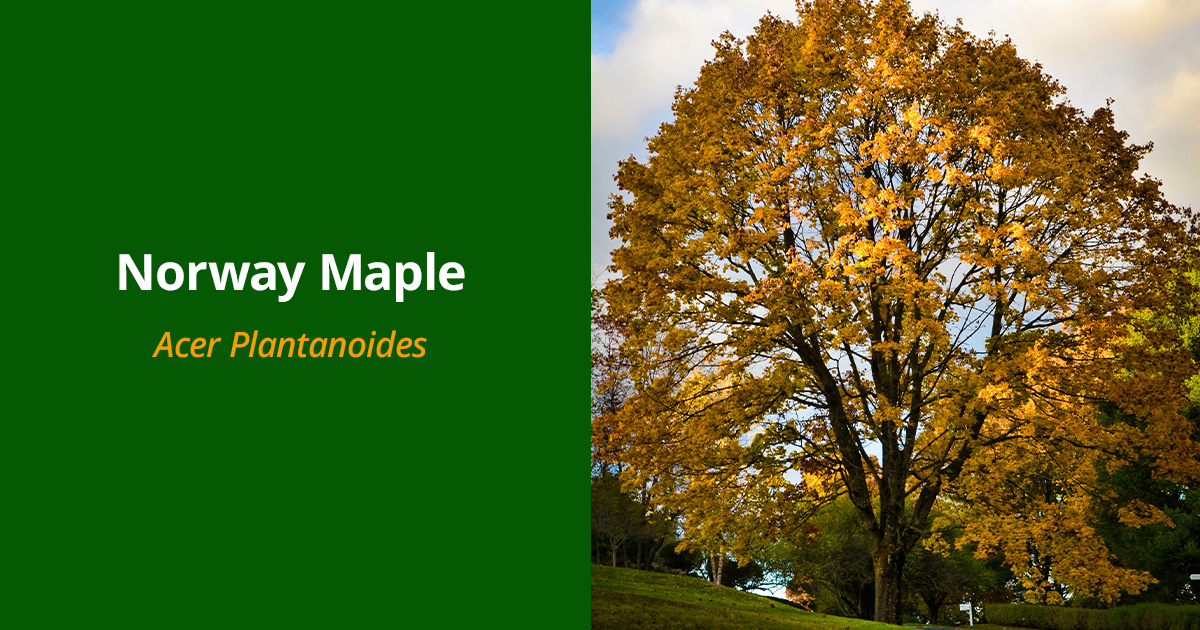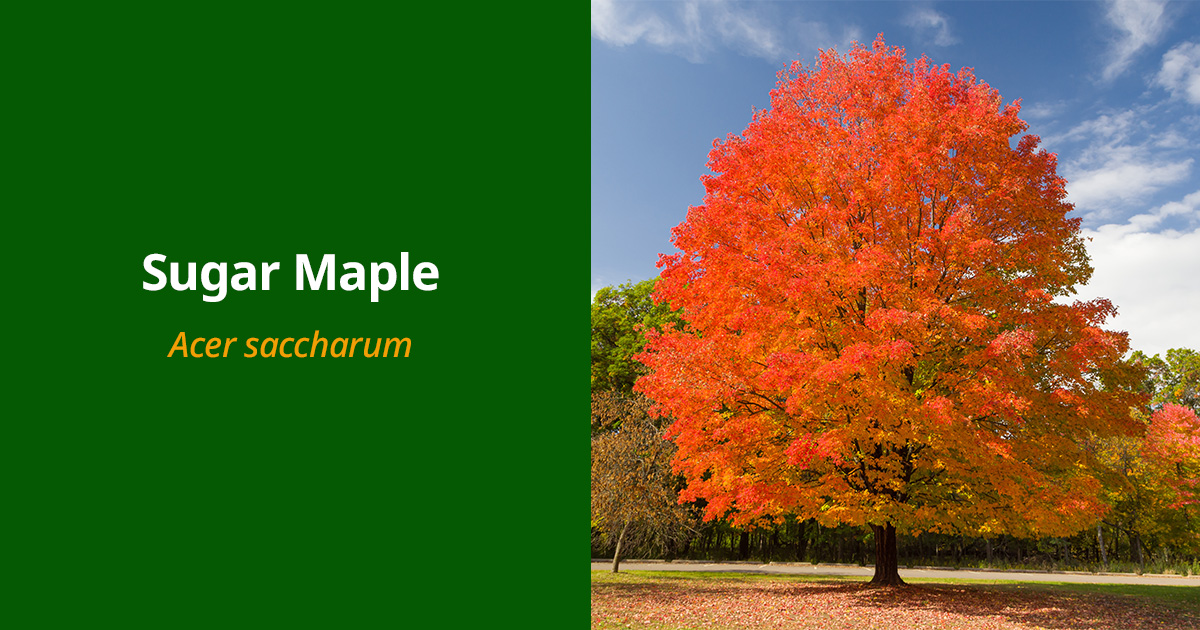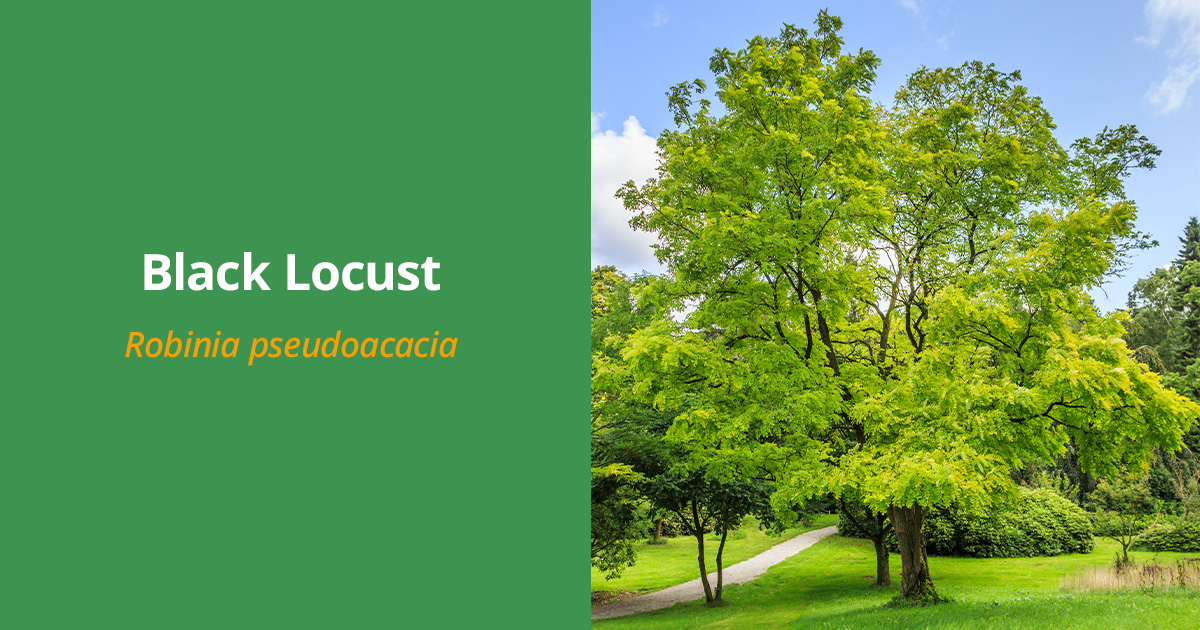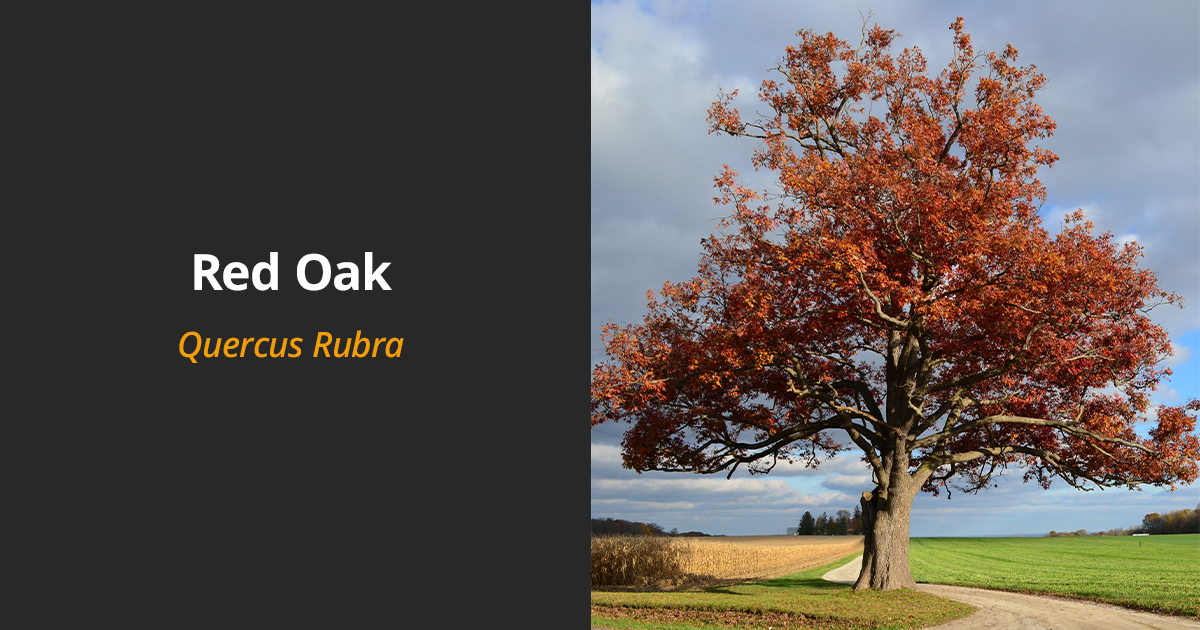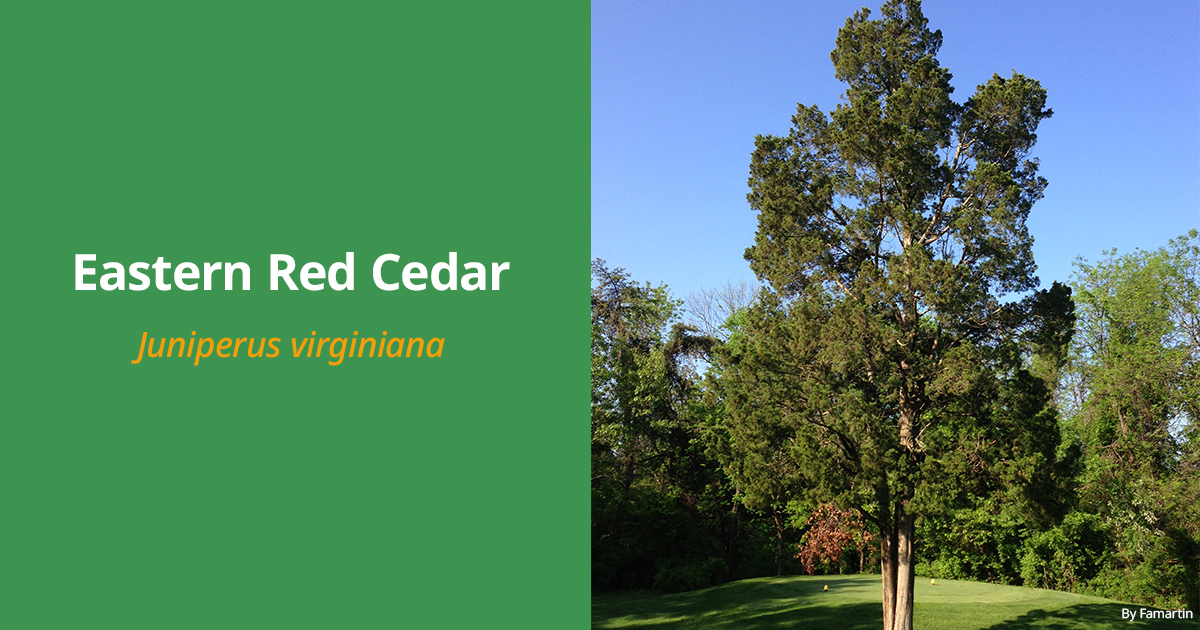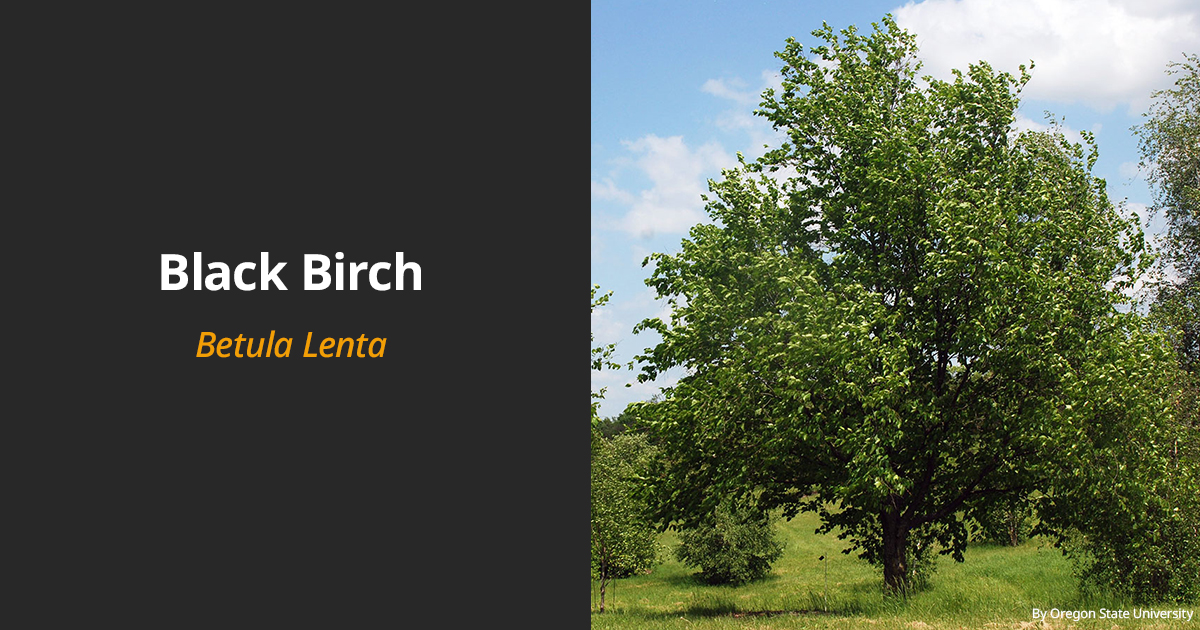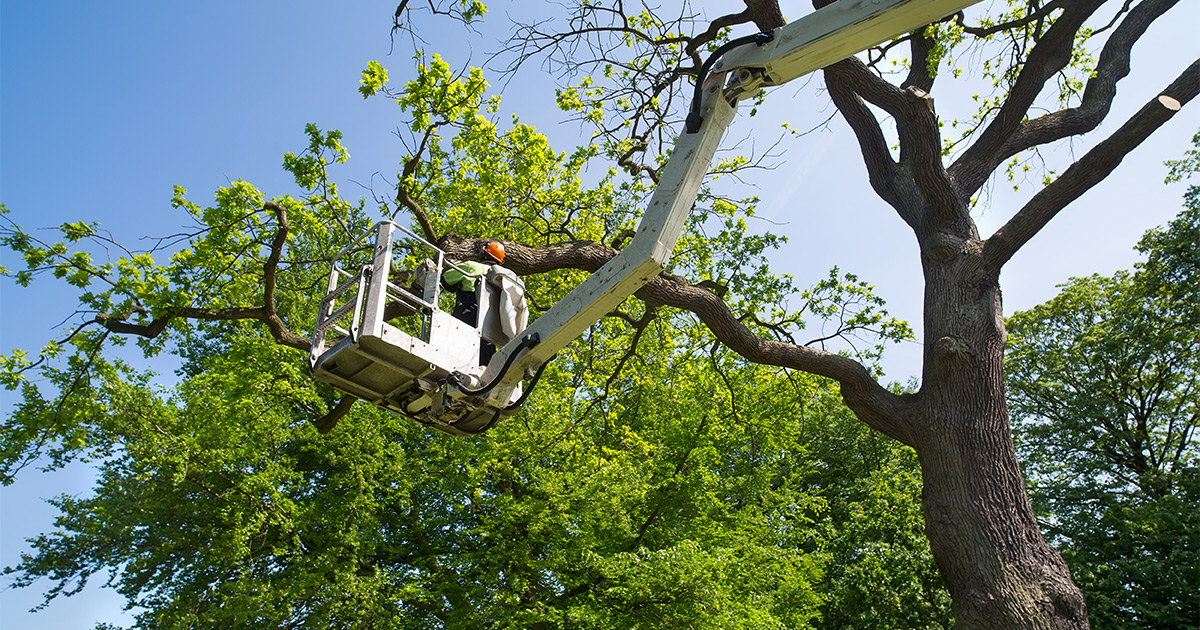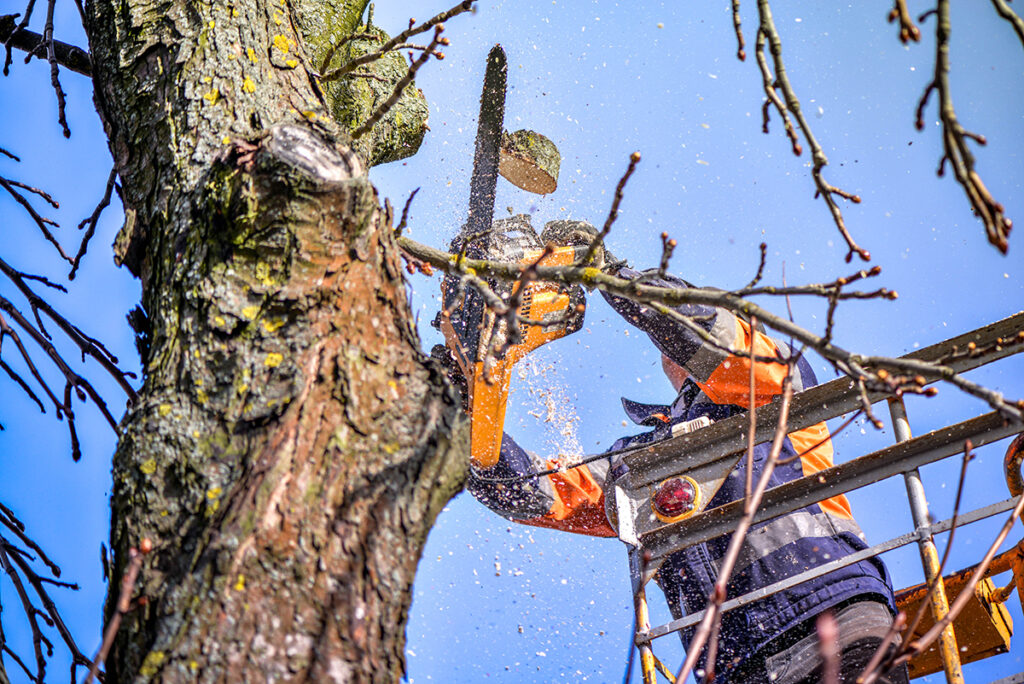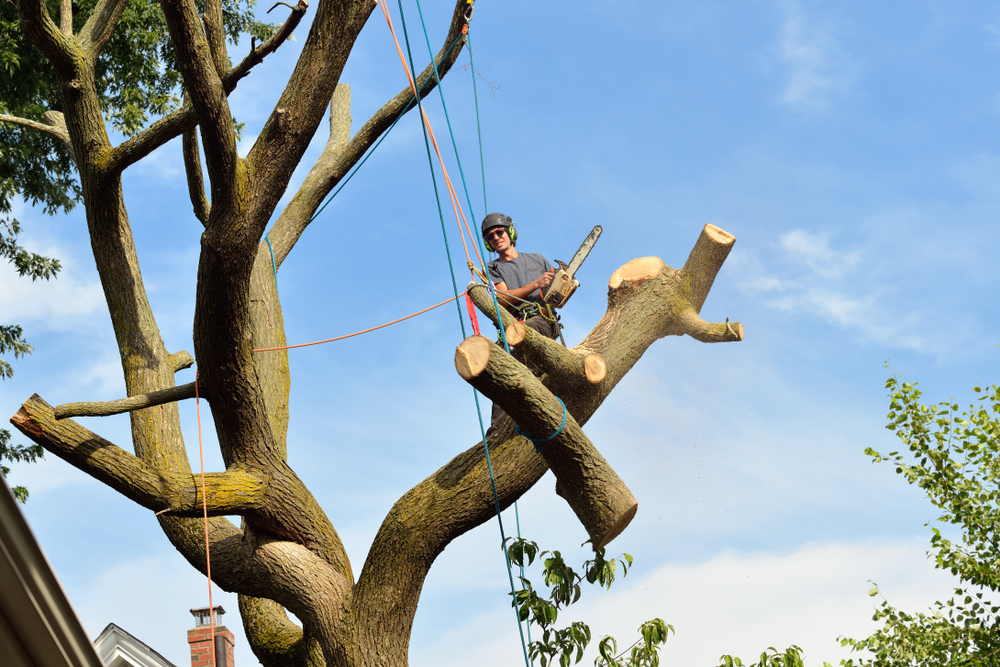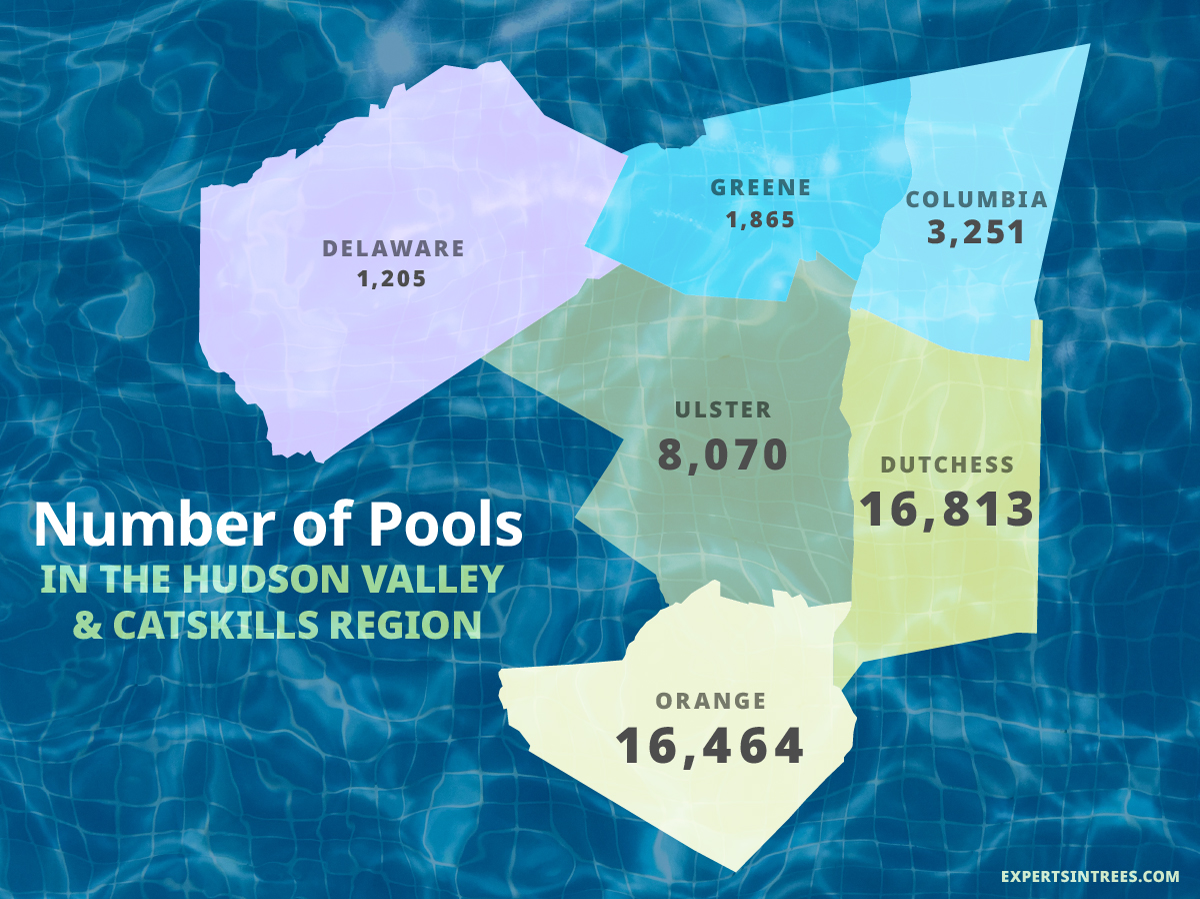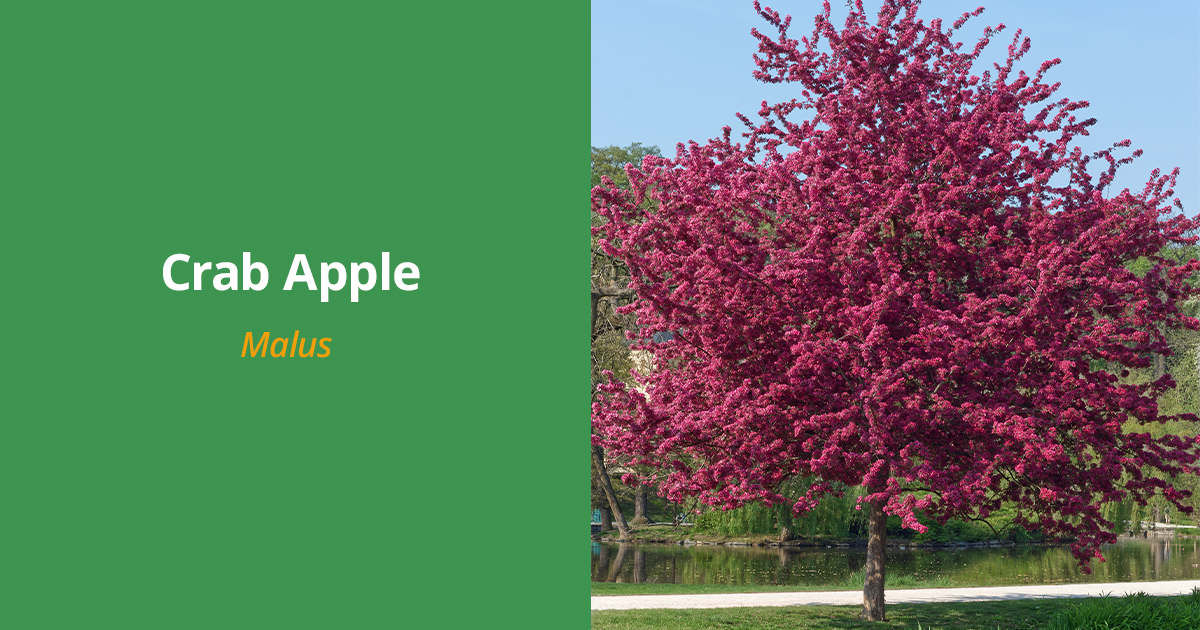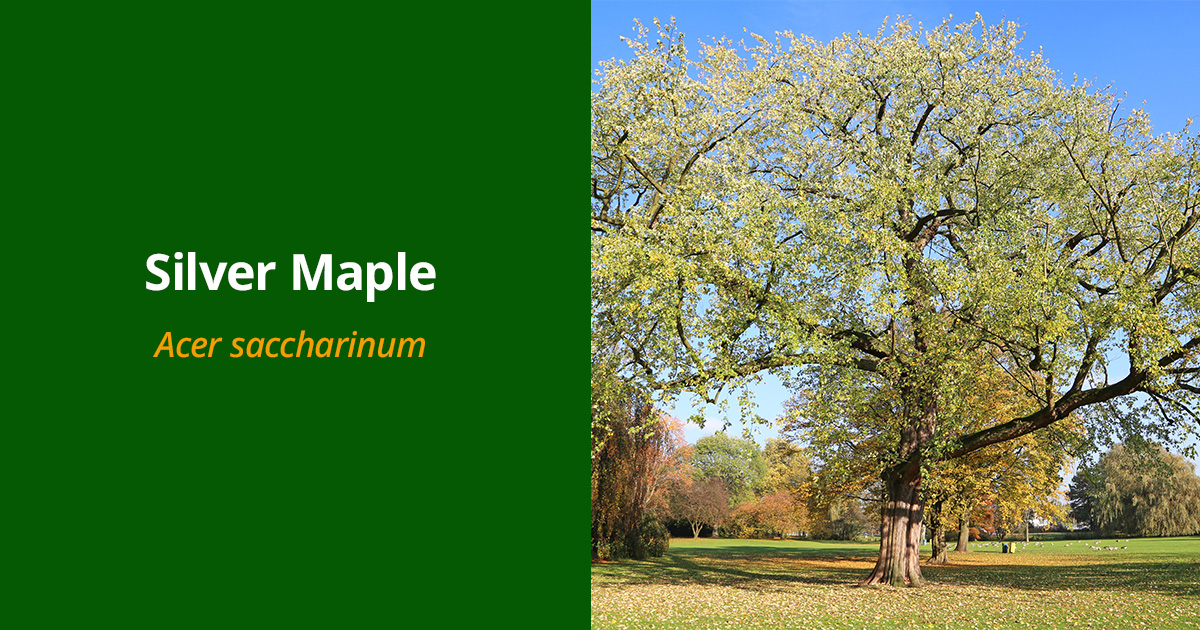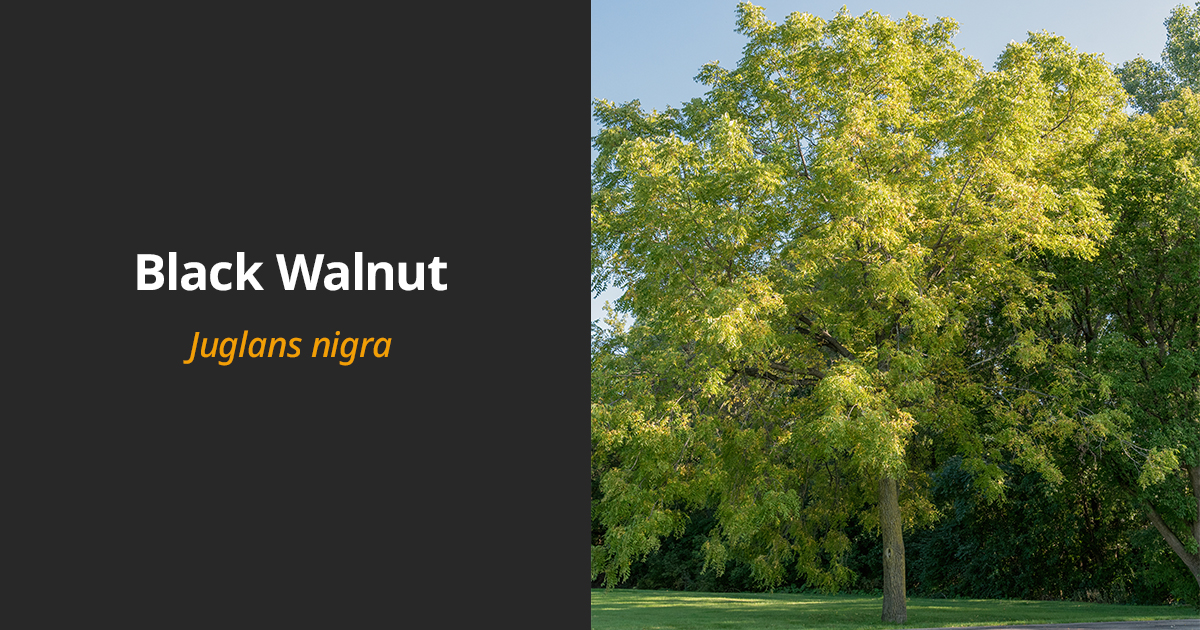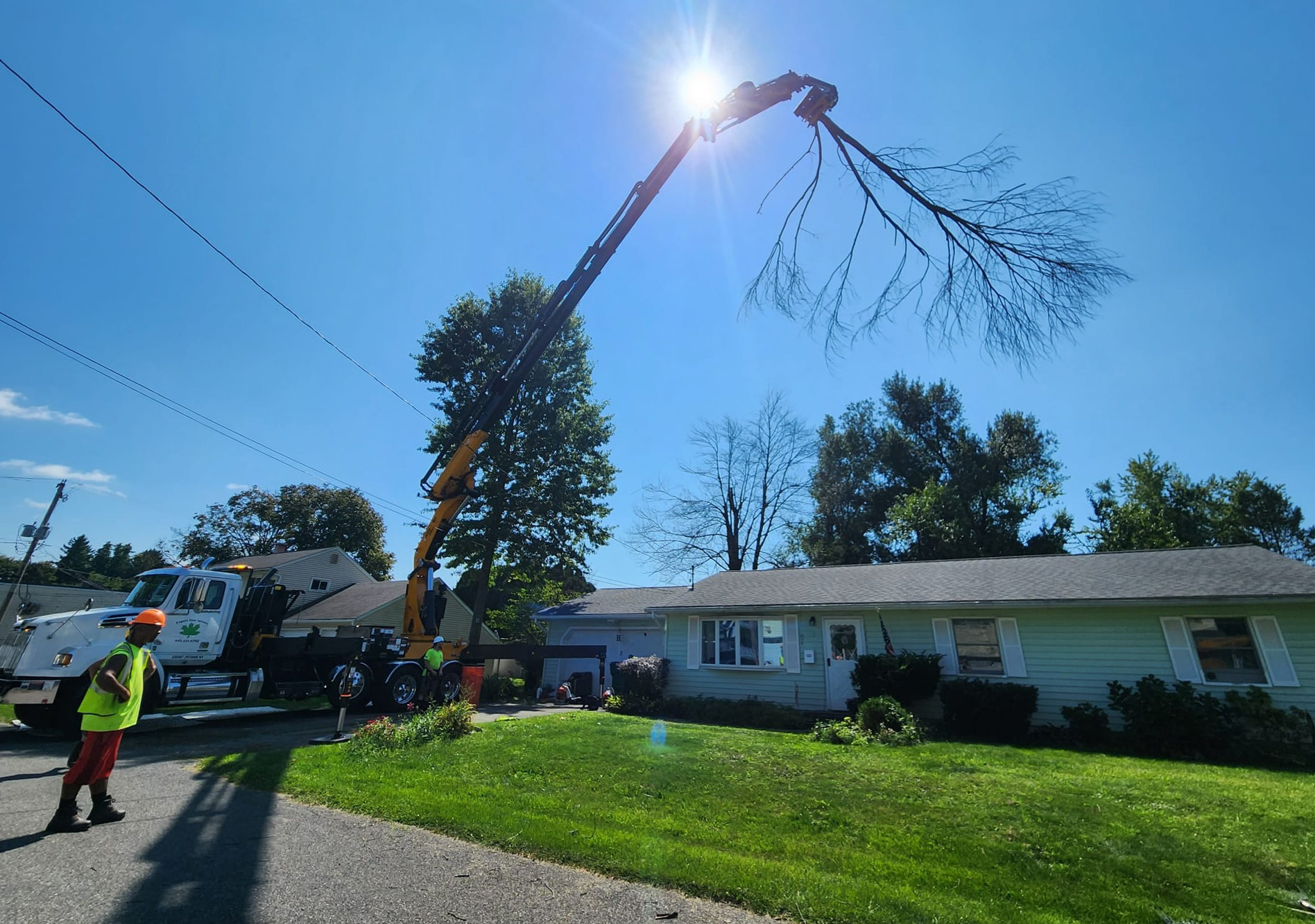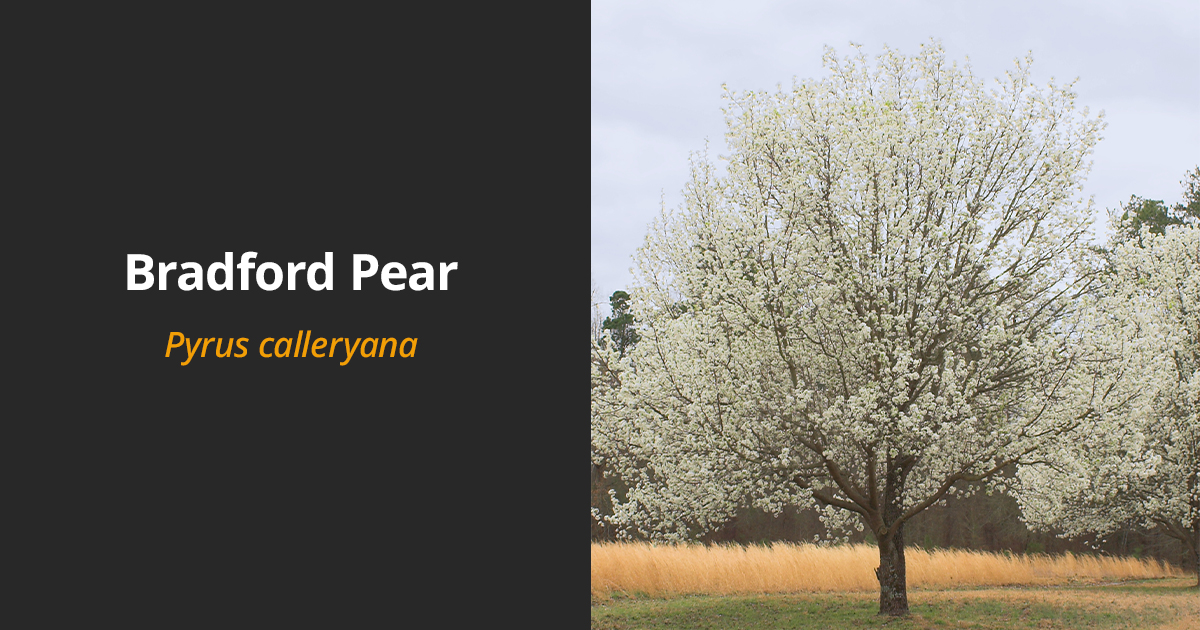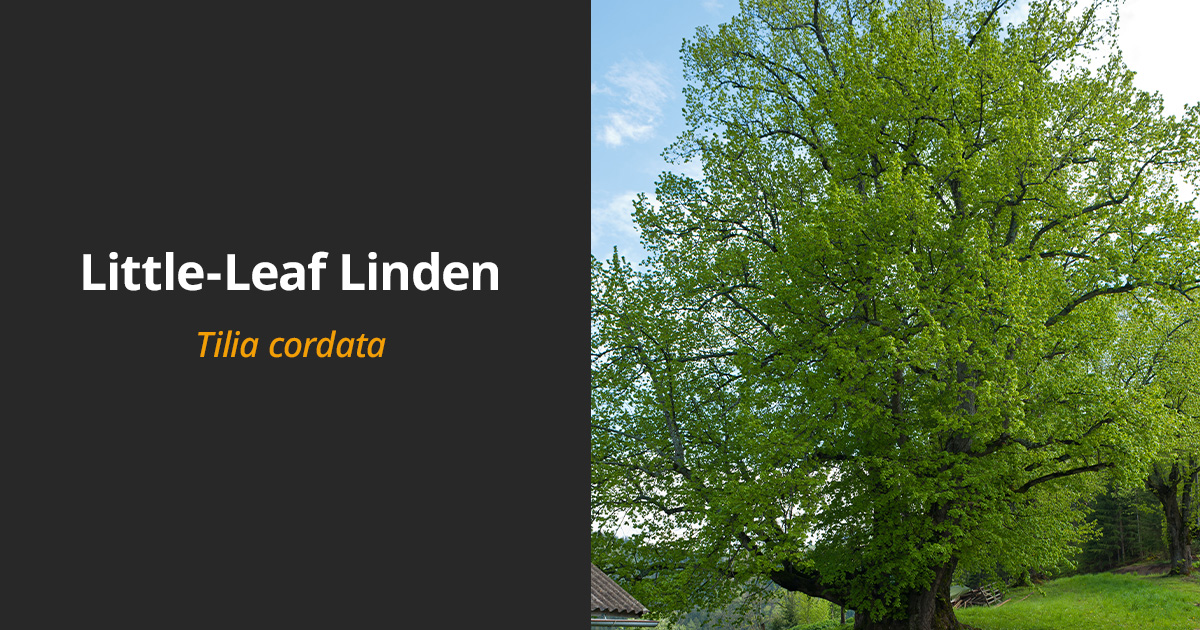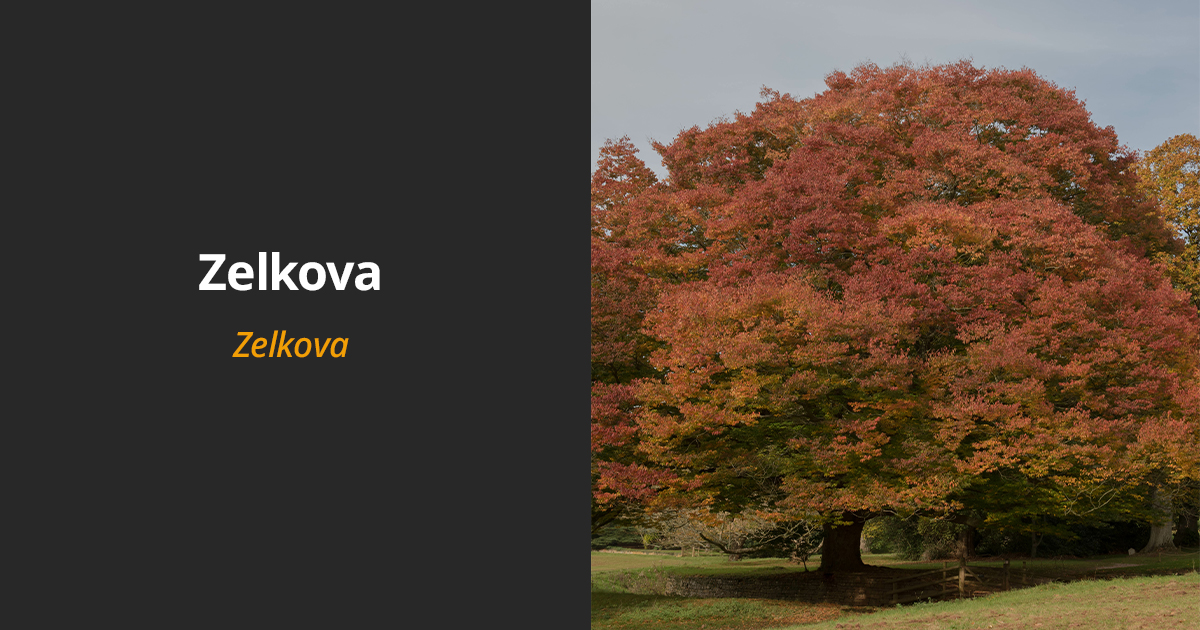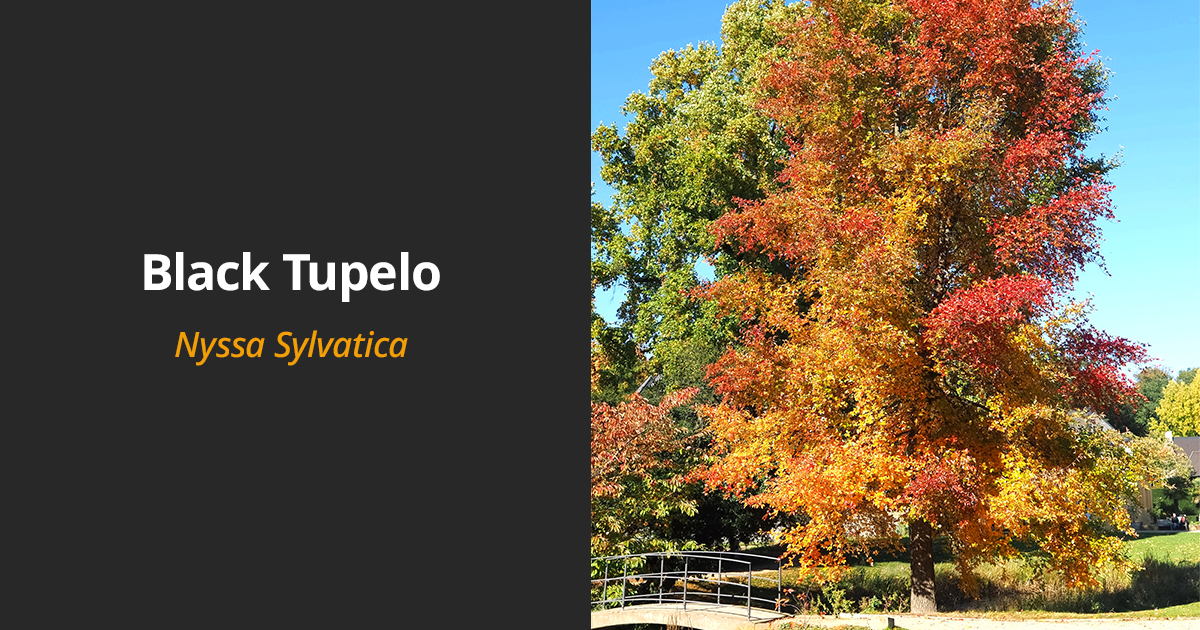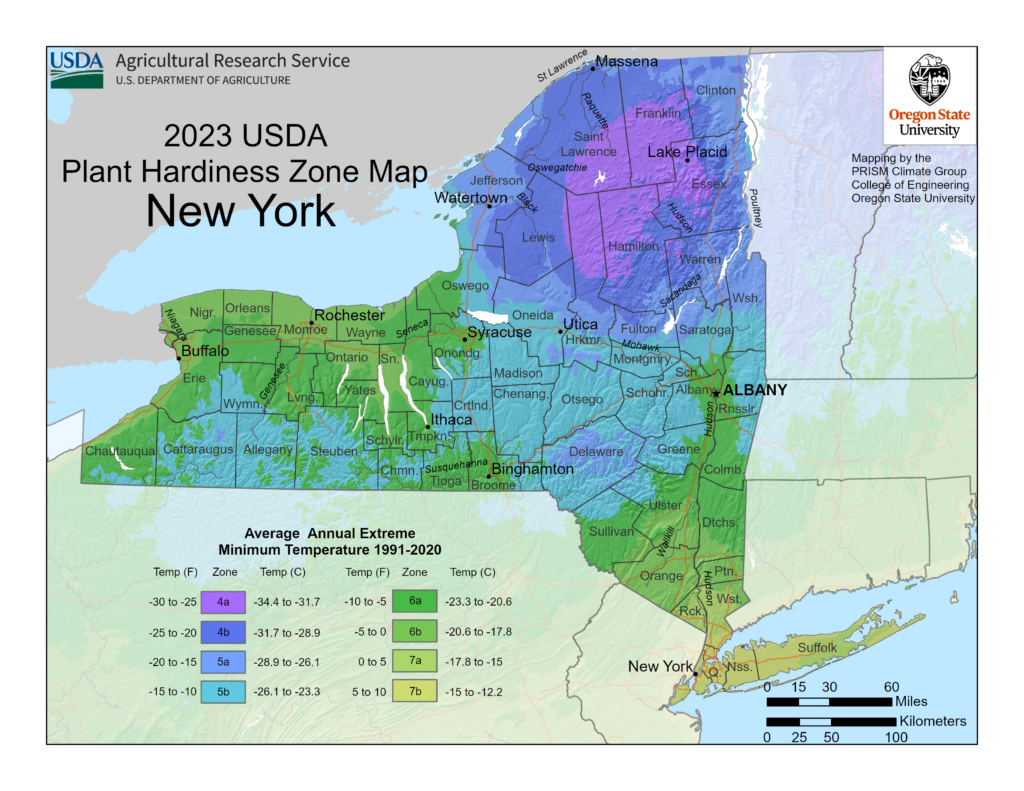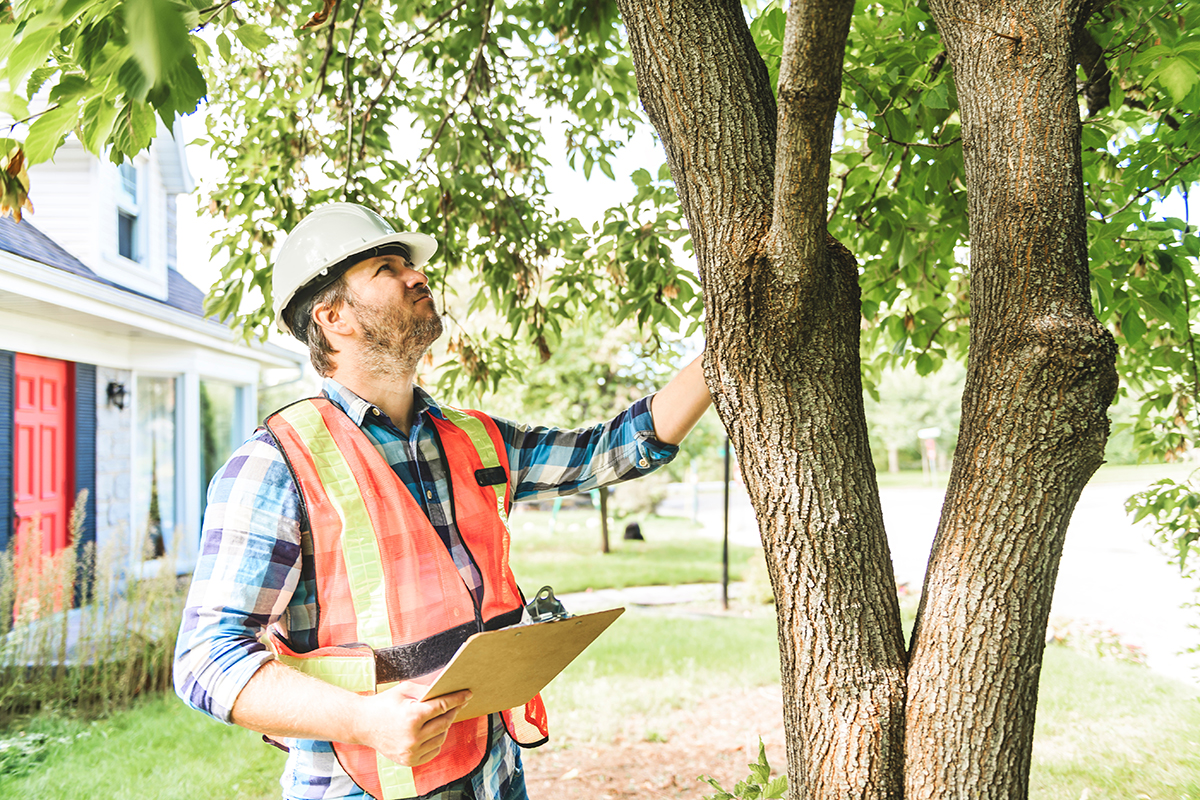Recently on WRRV, an important discussion from New Paltz was brought up. It quotes a Facebook conversation that asked the following:
“Sad thing: my neighbors seem to have taken down trees that should be protected by our Shade Tree ordinances”, said the recent Facebook post. “By the time anything might be done, it’s too late – the trees (perfectly healthy) are gone”, they lamented. So when is it illegal to cut down your own trees?”
Overwhelmingly, the response was that if the tree is on your property, you should be able to do whatever you want. However, local laws in New Paltz say otherwise. Because “Shade Trees” are considered a pillar of public wellness and beautification, there actually are some laws and regulations regarding tree trimming and tree removal, even if the tree is 100% rooted in your property.
As providers of tree removal and tree maintenance services in the Hudson Valley, we are not property rights lawyers, but we want to point our clients in the right direction. Below is a town by town breakdown of where to find out about your tree removal rights in the Hudson Valley and Catskills. This is not an exhaustive list, and if you want to be 100% sure, contact your local government officials to ensure that you have the latest rules and regulations.
If you don’t feel like navigating this alone, give us a call at 845-331-6782 or contact us today. We’ll make sure that everything is done the right way with regards to your tree.
Catskill
“No person shall, without first obtaining approval from the Village Board plant, remove, cut, top, prune, destroy or injure any park tree, public tree, roadside tree, street tree or any tree growing in or on a street easement or other public place. Approval for planting a tree on or bordering a public street or for removing, cutting, topping or pruning of a public tree is obtained through written request to the Village Board. In all cases, when a complaint is made every effort shall be made to preserve the tree and the least severe approach shall be utilized.”
The Town of Catskill Village government can be contacted during business hours at (518) 943-3830.
Ellenville
In the Village of Ellenville, there don’t seem to be any laws requiring notice to be provided to the Village with regards to tree removal. In the local laws, it just says:
“The owner shall keep all and every part of the premises which he/she owns free from dead or incurably diseased trees and shall be responsible to take the dead and/or diseased trees down and/or remove and destroy the diseased portion thereof.”
Hyde Park
Hyde Park has a fairly lengthy tree removal application process.
“It shall be unlawful for any person to destroy or remove any tree or shrub on Village property, either between the curbline (either existing or proposed) and the adjacent property line along any street or highway shown on the Official Map of the Village of New Hyde Park or in a Village right-of-way, or any tree or shrub planted by the Village without first having obtained a valid tree removal permit.”
…
“Any applicant desiring a tree removal permit, as required by this section, shall submit a written application to the Superintendent, together with a filing fee in such amount as shall be determined from time to time by resolution of the Board of Trustees.”
Kingston
If the tree is in between the street and sidewalk, it’s usually a city-owned tree. In February of 2024, the City of Kingston increased the fine for cutting down a city-owned tree from $250 to $1,250. To double-check if your tree is city-owned, check with the City’s Planning Department on their website or by calling (845) 334-3955.
New Paltz
In Village of New Paltz, if your tree is a “shade tree” it is “on public or private property along any public street or thoroughfare in the space or area measured 20 feet from the edge of the curb or road pavement.”
According to the Village laws, “these shade trees cannot be removed without approval of Shade Tree Commission.” You can contact them at shadetree@villageofnewpaltz.org.
In the Town of New Paltz, the tree conservation laws are ever further reaching than the Village’s. If your tree is seven feet tall or taller, and within 55 feet of the center of the roadway, then you must “submit a complete application in writing” to the Town Building Inspector at P.O. Box 550 New Paltz, NY 12561.
“Several exemptions exist which allow for removal of trees without a permit, including
trees that have been severely damaged from storms or other natural causes and trees that
could cause public endangerment.”
Poughkeepsie
In the City of Poughkeepsie, there seems to simpler laws than in some other nearby places.
“It shall be the duty of any person or person owning or occupying real property abutting on any street upon which property there are trees to trim or remove such trees so that they will not obscure or interfere with the view of motorists entering any intersection of the city, obstruct the passage of pedestrians on sidewalks or obstruct the streetlights or traffic signs.”
Red Hook
Red Hook’s Town code includes verbiage about street tree removal requiring a removal permit.
“No person shall remove or otherwise destroy or commit any act which will lead to the eventual destruction of trees located in public parks, street trees and other trees located in Town rights-of-way identified by size and/or location and/or significance in the Community Forestry Management Plan without first procuring a removal permit from the Supervisor or his or her designee. With respect to such trees, the Community Forestry Management Plan may identify pruning practices which can be expected to lead to destruction of such trees. Any such pruning practices would also require a removal permit.”
Rhinebeck
Rhinebeck makes it easy to track down the local laws.
“Only trees within the Right of Way (in the median, or—if in the yard—within 30 feet from the center of the road) require permission from the Village to be pruned or removed. These trees are considered part of the Village’s greater good because they impact the Village’s wellbeing at large by providing shade, cooling, supporting biodiversity and natural beauty. However, Village law states that pruning or removal is the homeowner’s financial responsibility.”
The tree removal request form, to be filed with the Village Clerk, is located here.
Saugerties
In the Village of Saugerties, they say that you cannot take action without written permission on the following:
“Public trees, which are defined as any trees, shrubs, bushes and all woody vegetation on land lying within a public street or right-of-way within the Village.
Park trees, which are defined as any trees, shrubs, bushes and all woody vegetation on land lying within public parks having names and in all areas owned by the Village and to which the public has access.”
